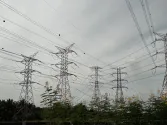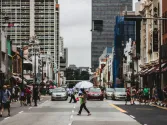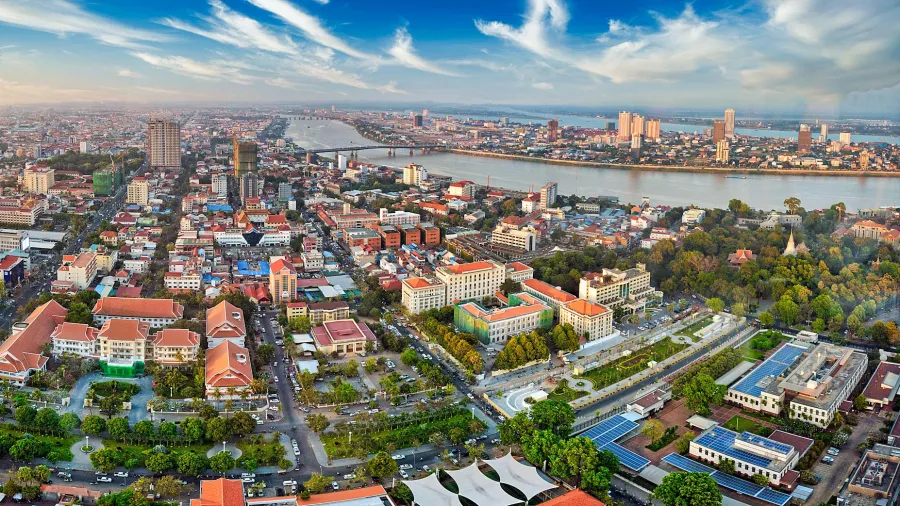
Cambodian banks face pressures from real estate and weak tourism
Bad loans may rise to up to 10% of outstanding loans by 2026.
Cambodian banking sector’s non-performing loans (NPLs) are expected to rise to 9.5%-10% of outstanding loans by 2026 on weak tourism recovery and real estate stress, according to S&P Global Ratings.
Rising NPLs will necessitate higher provisioning levels, which in turn will keep profitability depressed, said Ruchika Malhotra, primary credit analyst, S&P Global Ratings.
Malhotra estimates profitability at just 0.3% in 2025 and 2026, just a “touch better” than in 2024.
The banking sector will also be hurt by setbacks from tariffs and their large direct exposure to the construction and real estate sector.
“Cambodia’s sizable manufacturing exports to the U.S. (one-third of its total exports) might see a significant rise in tariffs. As we await the outcome of negotiations, uncertainty will drag on the economy,” said Malhotra.
Malhotra expects strains on property prices and sales to persist given a mismatch between supply and demand.
“Banks have large direct exposure to the pandemic-stressed construction and real estate sector, at one-fifth of loans. In the absence of swift court settlement processes, banks will continue to be saddled with significant real estate collateral post foreclosure, which forms a sizeable portion of collateral for banking system loans,” Malhotra said.
Given the low profitability, it is possible that regulatory forbearance is forthcoming.
“This may include a further extension of the ongoing restructuring scheme for distressed borrowers, especially if systemwide NPLs continue to climb. The central bank could also delay normalization/implementation of prudential measures to give banks more breathing space,” she said.



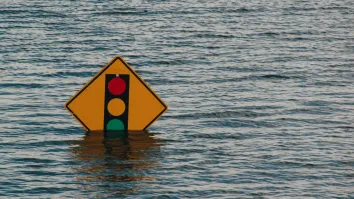
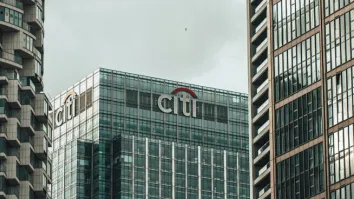
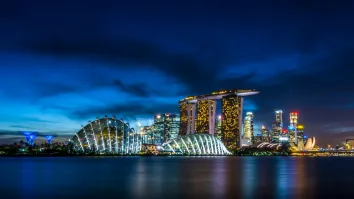



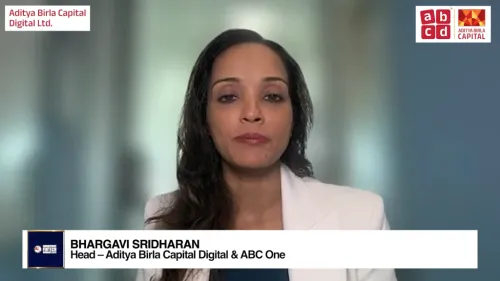



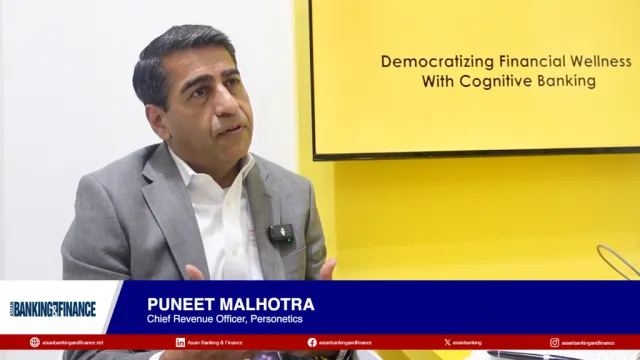




 Advertise
Advertise




